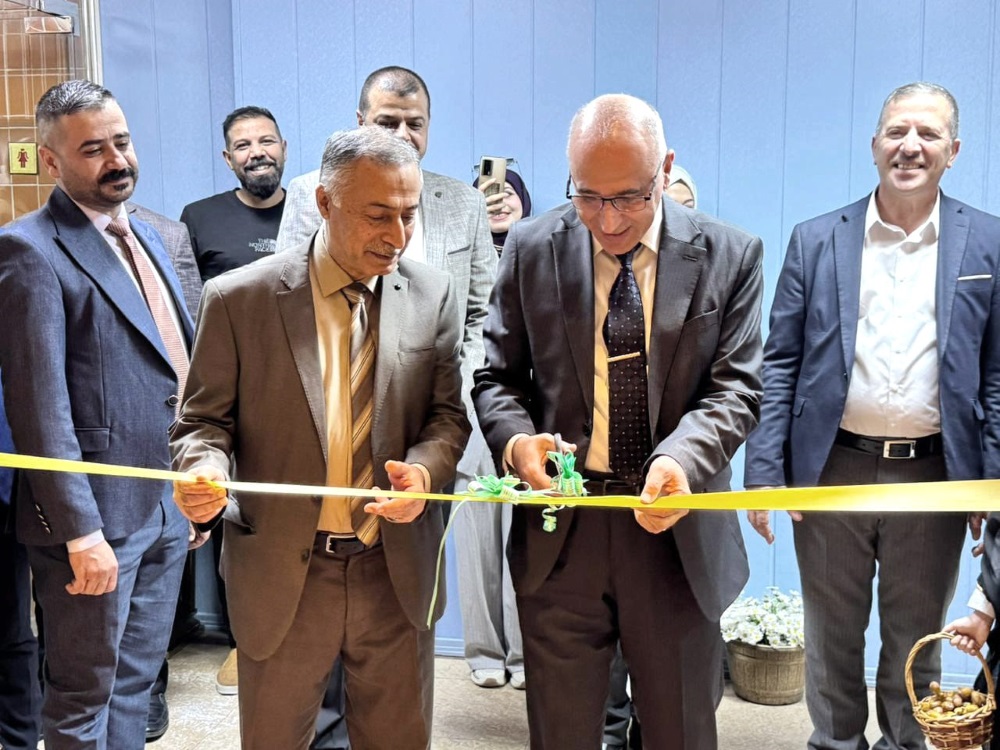The President of the University of Baghdad, Prof. Dr. Baha Ibrahim Insaf, inaugurated Baghdad Panorama at the Center of Urban and Regional Planning for Postgraduate Studies, in the presence of the Dean of the Center, Prof. Dr. Kareem Hassan Alwan, and a group of engineers in charge of the project, in addition to the lecturers and employees of the Center. After reviewing the Baghdad Panorama, Insaf stressed the importance of this achievement, which reflects the nature of the Center’s work, its design outputs, and its urban architectural vision that draws from the fragrance of the past the art of architecture and from the present the technology of sustainability through the mechanization of planning and modern and contemporary ideas. He praised the Center’s role in mobilizing expertise and employing it theoretically and practically, as it is the only center that combines the humanities and scientific sciences in its studies and results.
The university president also toured the Geographic Information Systems (GIS) laboratory, which is unique in studying maps, accurately determining areas, and preparing the necessary maps for designing projects and their locations in cities, in addition to holding specialized courses for graduate students and specialists in geography. The center’s museum was also visited, which includes architectural designs for cities and development projects for a number of residential areas as part of the center’s graduate students’ projects, some of which were implemented by the responsible authorities within infrastructure development projects in the country.
It is noteworthy that the President of the University of Baghdad directed the importance of supporting and developing the center to benefit from its scientific expertise and its consulting office due to the nature of its work and the vision it provides to society, with the center’s outputs being included in the University of Baghdad Museum, which is planned to be established soon, which will highlight the scientific depth of the mother of universities and the extent of its cognitive contributions since its establishment in 1957.
